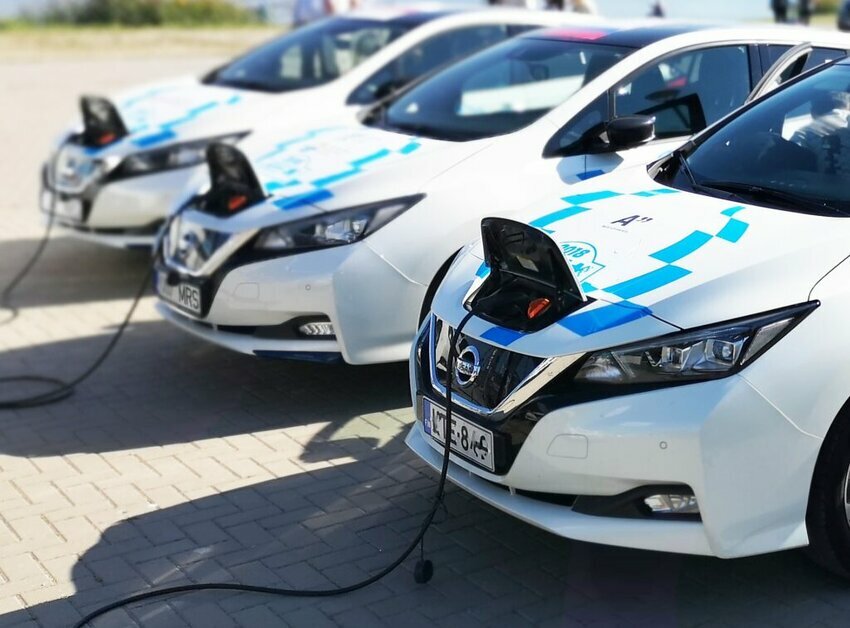 (Credit: Pixabay)
(Credit: Pixabay)Electric vehicles were originally designed to draw power from the electric grid, but as the technology has advanced and EVs are more widely implemented, they are becoming more valuable to commercial building owners as a potential power source, and can also provide power to the grid.
A new report from the Interstate Renewable Energy Council (IREC) highlights the standards for the growing vehicle-to-grid (V2G) segment. It shows how EVs are capable of acting as mobile energy storage units as well as being able to help supply power for particular end uses, including to buildings and the grid.
The implementation of technologies like V2G have caused markets like building energy management systems to rapidly increase and adapt to the changing charging field. The market is expected top hit $12.7 billion by 2030 as the need to add charging stations could impact 10% of commercial properties.
As EVs have evolved over time, so has their vision for overall use, according to the report. Policymakers have also started to look at EVs as a grid resource and not just a zero emissions opportunity.
In that regard, manufacturers have started to change how charging infrastructure is designed and how it interacts with EV batteries.
V2G can use EVs as mobile energy storage units that can be configured as distributed energy resources. The technology can allow EVs to communicate with and provide power to the grid and connected loads when needed, IREC says. This can also help balance fluctuations in energy demand as EVs can charge during low demand times or send power to the grid when demand is high.
This can provide substantial benefits, the report says. For example, another report by the Electric Power Research Institute found that V2G could provide $1 billion in annual grid benefits in California if the state reaches its goal of 5 million EVs in use by 2030 and half of those use V2G.
Additionally, EV users could benefit from revenue streams from grid services their vehicles provide.
The implementation of technologies like V2G has also seen more efforts such as one by SWTCH Energy that is studying V2G technology by seeing how a Nissan Leaf can store energy during off-peak hours and later redistribute it to the building. Additional programs such as managed charging can provide smart and remote energy management of EVs.
Although for V2G to be widely implemented, according to the IREC report, technical standards are essential to certifying new equipment, allowing for its safe operation on the grid. That is especially important because electric utilities and distribution system operators need to be able to trust the grid will work in a predictable way.
Emerging V2G technologies add complexity to the situation because of the variety of inverter configurations possible, including V2G-DC (direct current), V2G-AC (alternating current) and V2G-Split Inverter. The main differences between the three are where the power converter and smart functions are located. Both can be completely within the EV charger in the V2G-DC, or within the EV in the v2G-AC. In the split inverter, the EV charger has smart functions but the power converter is in the EV.
The report says it is unclear if the latter will gain traction in North America.
The applicable standards for V2G cover a variety of certification topics, according to the report, and there is no standard that will capture how V2G systems will interact with the grid as a whole. There are standards by different organizations, such as UL, SAE International and the Institute of Electrical and Electronics Engineers (IEEE).
IREC says before V2G technology and use can be widely adopted across the country states will have to integrate evolving standards into their regulations. Policymakers, manufacturers and utilities are exploring V2G implementation in at least seven states through pilot programs or regulatory discussions.